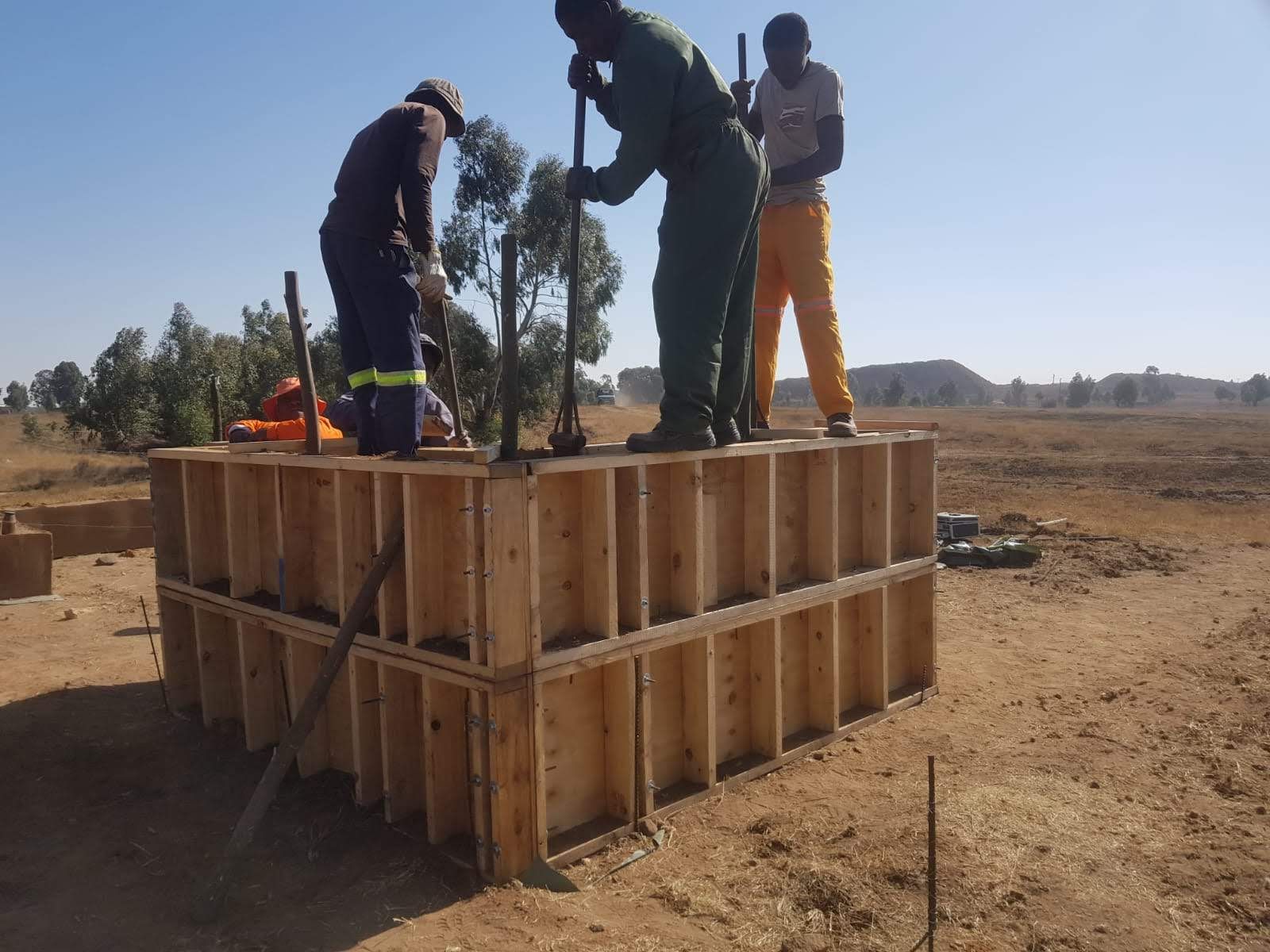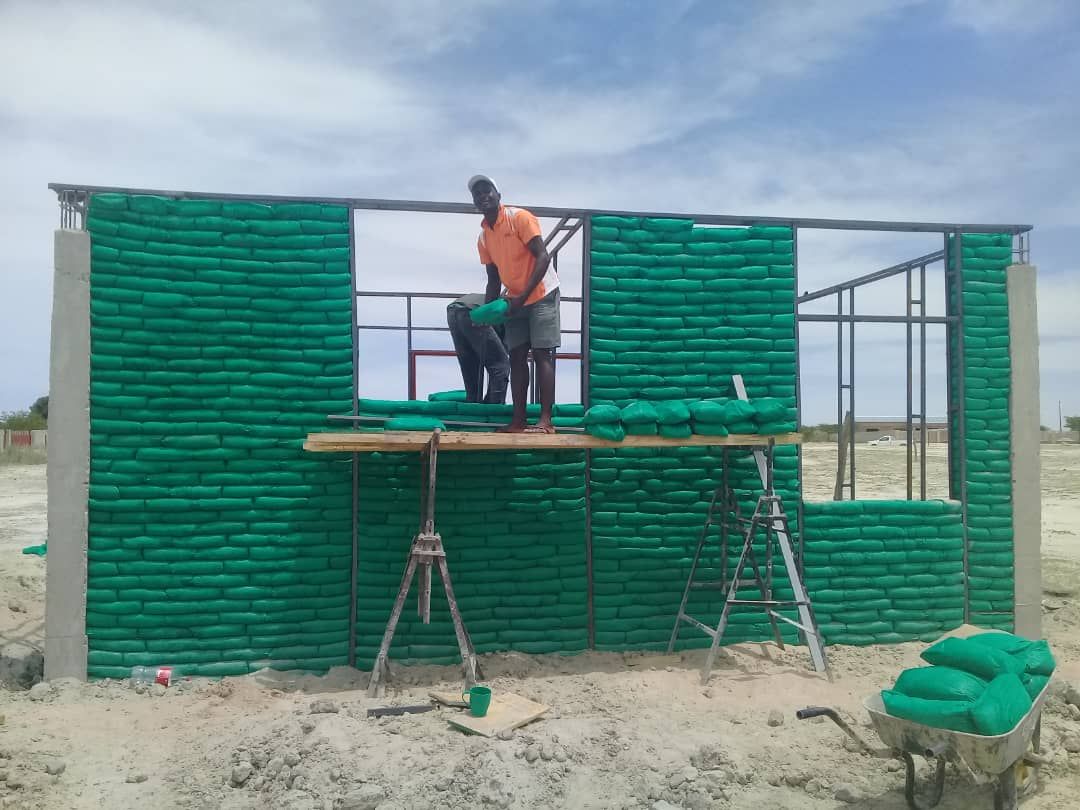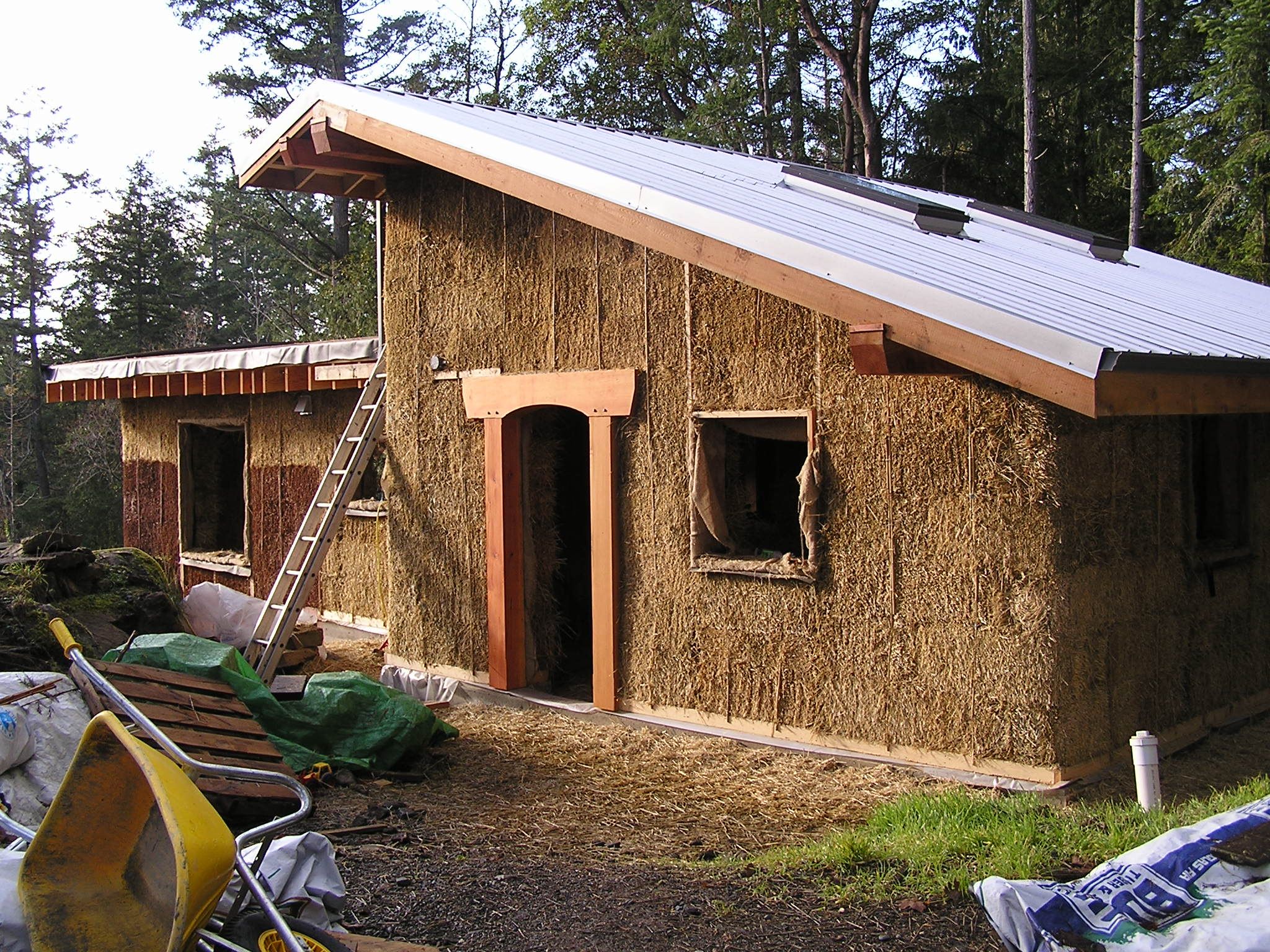Over the last 18 months, we have been wrestling with a way to build in the village in a cost-effective way.
We have a plan to move to the village and we believe that we can help much more if we are there. Currently all the buildings there are built with mud and sticks and we have seen how the maintenance is high, rain badly impacts the integrity of the buildings and in the winter there is no protection from the cold.
We believe that if we could build well-insulated, cost-effective, environmentally sustainable homes that are accessible to the wider public then all the community will benefit. We are driven to use natural building methods. We strongly believe that everything that we build should be wholly replicable by the community. We also have a strong desire to work in harmony with the landscape around us and to keep the carbon footprint as low as possible.
The options available to the village based on the local natural resources available are:
Rammed Earth
Strawbale building
Earthbag building
Rammed Earth
We started with rammed earth last year. A very durable method that used readily available free local resources. Rammed Earth uses sand, clay and water rammed into wall shaped forms. Once the dirt mix has been rammed into place and dried the forms are pulled off to reveal the walls.
We all worked hard but found that the creation of the forms for the structure was costly and the effort required to collect, sort, mix and ram the earth without mechanical tools was backbreaking and took a long time. We had to collect water from local dams, stone for the foundations, sand, and clay. The work to collect everything involved a lot of physical labour.
We managed to get the use of a TLB from the neighbouring mine for a few hours one afternoon and the work that took us 2 weeks was done in just a few hours! This was radically different but we have not been able to get the machine again and the effort was just too much!
The building projects went on hold while we tried to come up with a solution.


Earthbags
Structures are simple and quick to erect
Long Lasting
Low maintenance
Good Insulation
Low energy to build
Low waste
There is not a great deal of skill required in building so good for community initiatives
Structures are easily customizable
Sand is readily available locally
Minimal water requirements
Staw Bale
Structures are simple and quick to erect
Minimal water requirements
Straw bales are typically an agricultural by-product, straw is highly renewable.
Inexpensive to buy as well as dispose of.
The high insulation factor means it costs less to heat or cool a house.
Stackable and configured to give you an ideal room size, and the walls can be cut and shaped using a knife or chainsaw.
Agricultural bi-product and South Africa currently grows enough straw to provide enough material for 1 million homes every year.
Building with bales is relatively easy to learn and lends itself to self builders and community involvement.
A straw bale house can last for more than 100 years when constructed and maintained properly, the core material can be returned to the earth if rebuilding becomes necessary.

Natural Building